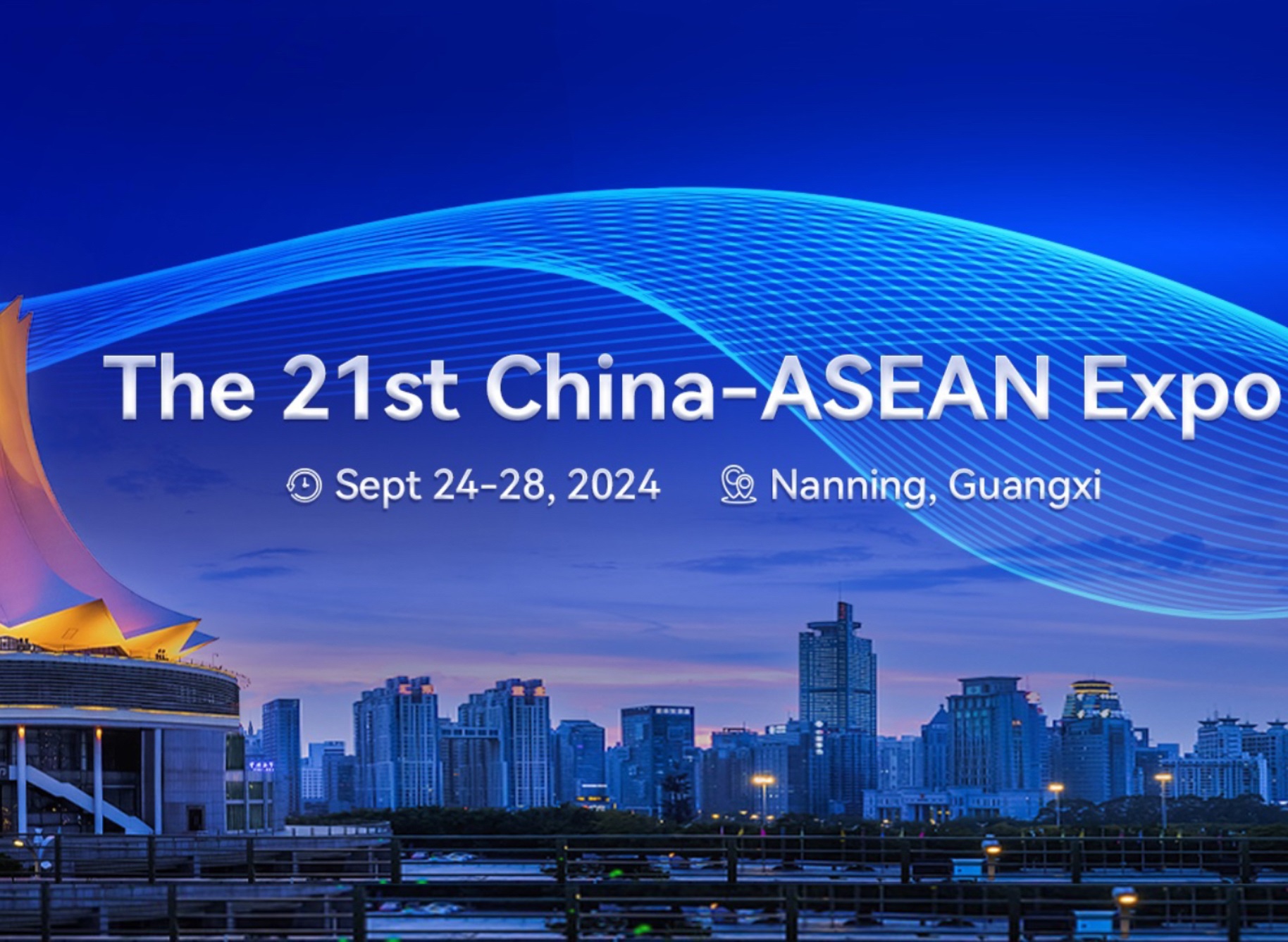Guangxi's Beibu Gulf reaches new stage in development
The Beibu Gulf in Guangxi Zhuang autonomous region has become an important seaport for the southwestern, central and southern areas in China following years of development.
The Beibu Gulf is composed of the administrative areas of Nanning, Beihai, Qinzhou, Fangchenggang, Yulin and Chongzuo.
The cargo throughput of Beibu Gulf ports increased from 80.9 million tons in 2008 to 219 million tons in 2017. The container throughput maintained a high-speed growth, from 330,000 TEUs in 2008 to 2.28 million TEUs in 2017.
In 2008, the Qinzhou bonded port area of Guangxi was approved and has since served as the containerized trunk port of the Guangxi Beibu Gulf, pushing forward the rapid development of the area.
Since the opening of Qinzhou Port, 11 dock berths have been built, of which eight are 100,000-metric ton berths, and 11 of the top 20 shipping companies in the world have settled there. At present, 22 international liner routes have been opened to Singapore, Vietnam, Thailand and Japan, along with 18 routes to major domestic coastal ports.
Today's Guangxi Beibu Gulf area has formed a modern coastal industrial system and industrial base led by electronic information, petrochemicals, metallurgy and new materials.
In recent years, Beihai has vigorously promoted the development of electronic information, petrochemicals, and new materials. The electronic information industry has also developed rapidly, with an output value of 117.45 billion yuan ($16.93 billion) in 2016.
Guangxi Beihai Industrial Park has taken the electronic information industry as the main development direction and encourages the development of food and medicine, machinery manufacturing, new energy and materials.
Yulin Longtan Industrial Park, adjacent to Beihai, undertakes industrial transfer and develops port-oriented industries. It is building a stainless steel industrial chain integrating smelting, rolling, producing, research and development and trading.
Fangchenggang is an important building material import and export base, grain and oil processing base, and coal reserve distribution center in China. Many Fortune 500 companies from the United States, Singapore and elsewhere have settled down there, and the first nuclear power plant in western China-Guangxi Fangchenggang Nuclear Power Base is also located here.
Qinzhou is located in the center of the Guangxi Beibu Gulf Economic Zone and has major projects such as China National Petroleum Corporation's 10 million tons of oil refining and the large-scale offshore repair and support base of China State Shipbuilding Corporation.
Qinzhou Port has formed characteristic industries such as shipping logistics, bulk commodity trading, finished vehicles import, alcohol import, and international direct sales.
In recent years, Beibu Gulf has continuously accelerated infrastructure construction and improved the bonded logistics system. The port facilities construction and customs clearance level have been significantly improved, serving as the China-ASEAN international channel.
China's western provinces, autonomous regions and municipalities have opened eight sea-rail intermodal trains to Beibu Gulf Port (Qinzhou bonded port area), including to Chongqing, Chengdu, Lanzhou, Guiyang and Kunming.
At present, the Beibu Gulf Port route has fully covered the major ports of ASEAN and has the capabilities to work with more than 200 ports in more than 100 countries and regions in the world.


